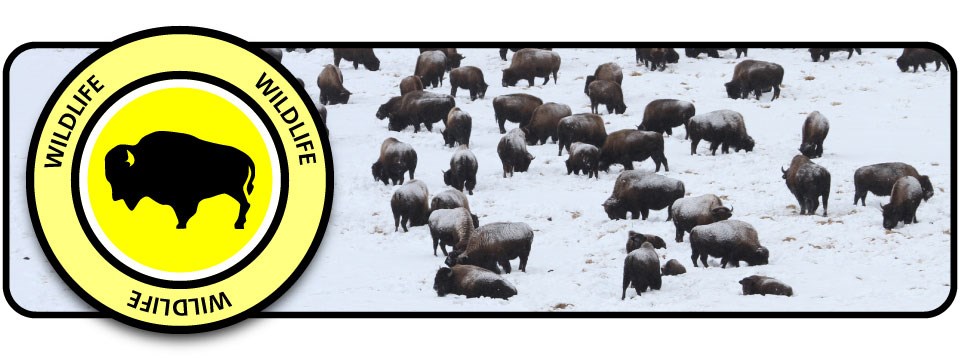
Check out some of the amazing adaptations animals have for surviving in Yellowstone National Park. An adaptation is a change or a process of change by which an organism becomes better suited to its environment. How do you compare? Try out various moves to see how you rate next to some of these wild animals. 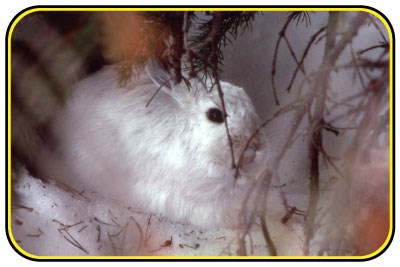
A snowshoe hare can leap 10 feet (3 m) in a single bound. ►Try it out! 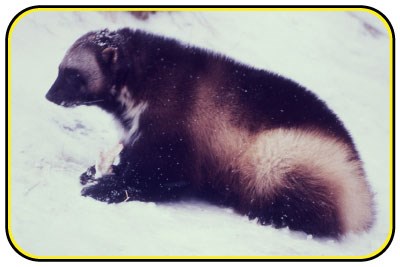
A wolverine can easily walk 15 miles (24 km) each day in search of food. ►Try it out! 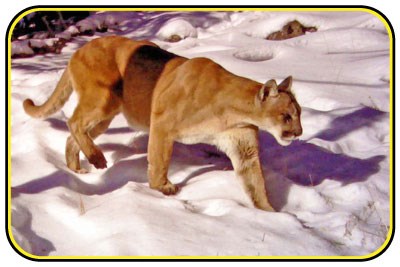
A mountain lion can jump 15 feet (4.5 m) straight up into a tree. ►Try it out! 
An owl has the ability to stare for hours. ►Try it out! 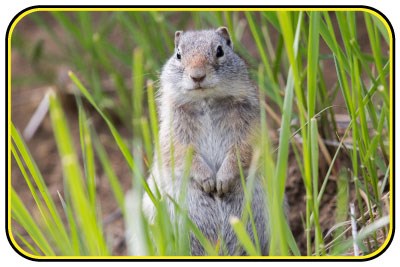
A Uinta ground squirrel hibernates about 9 months out of each year. ►Try it out! 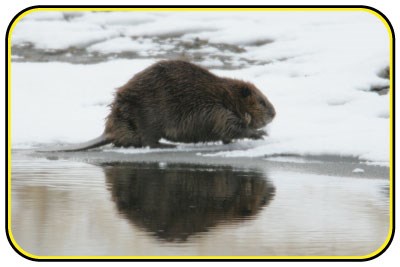
A beaver can hold its breath under water for up to 15 minutes. ►Try it out! Structural or Behavioral Adaptation?Adaptations can be structural or behavioral.
Observe the animal and decide if their adaptation is structural or behavioral? |
Last updated: April 17, 2025
